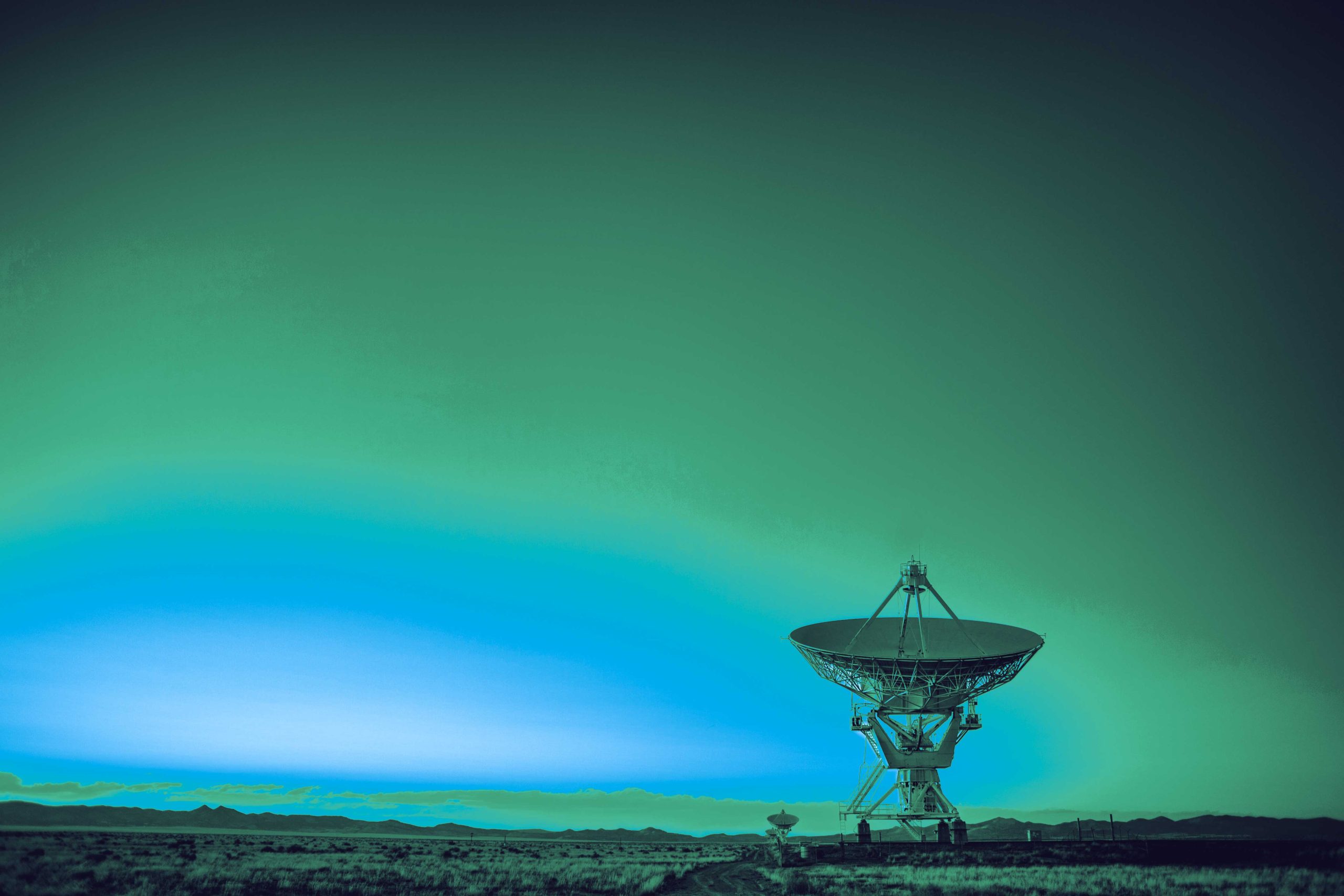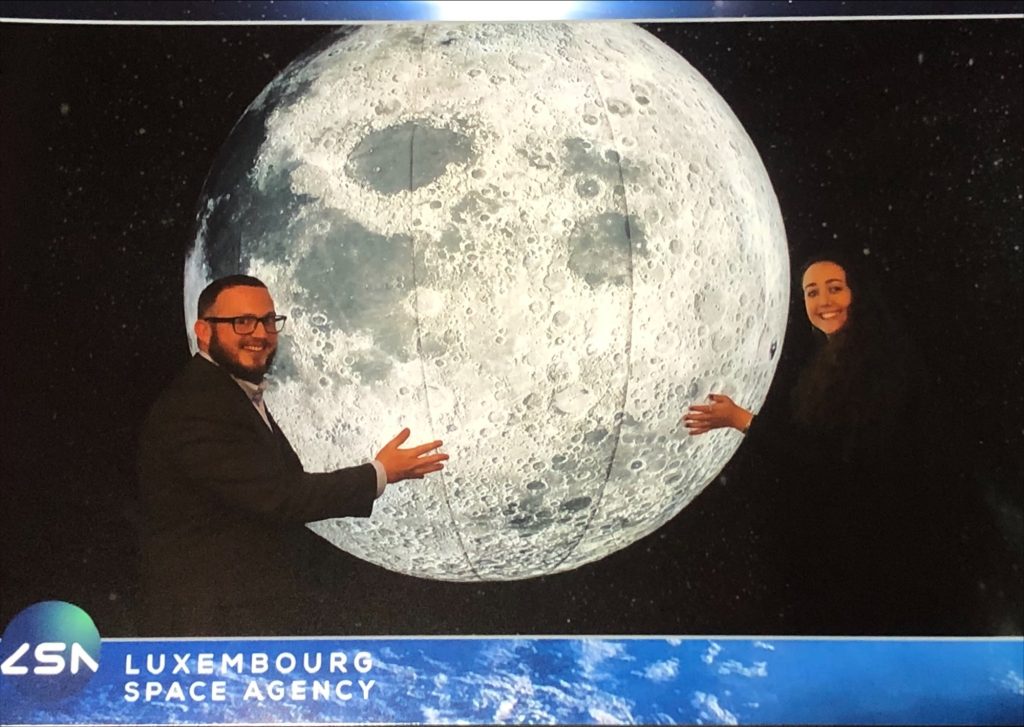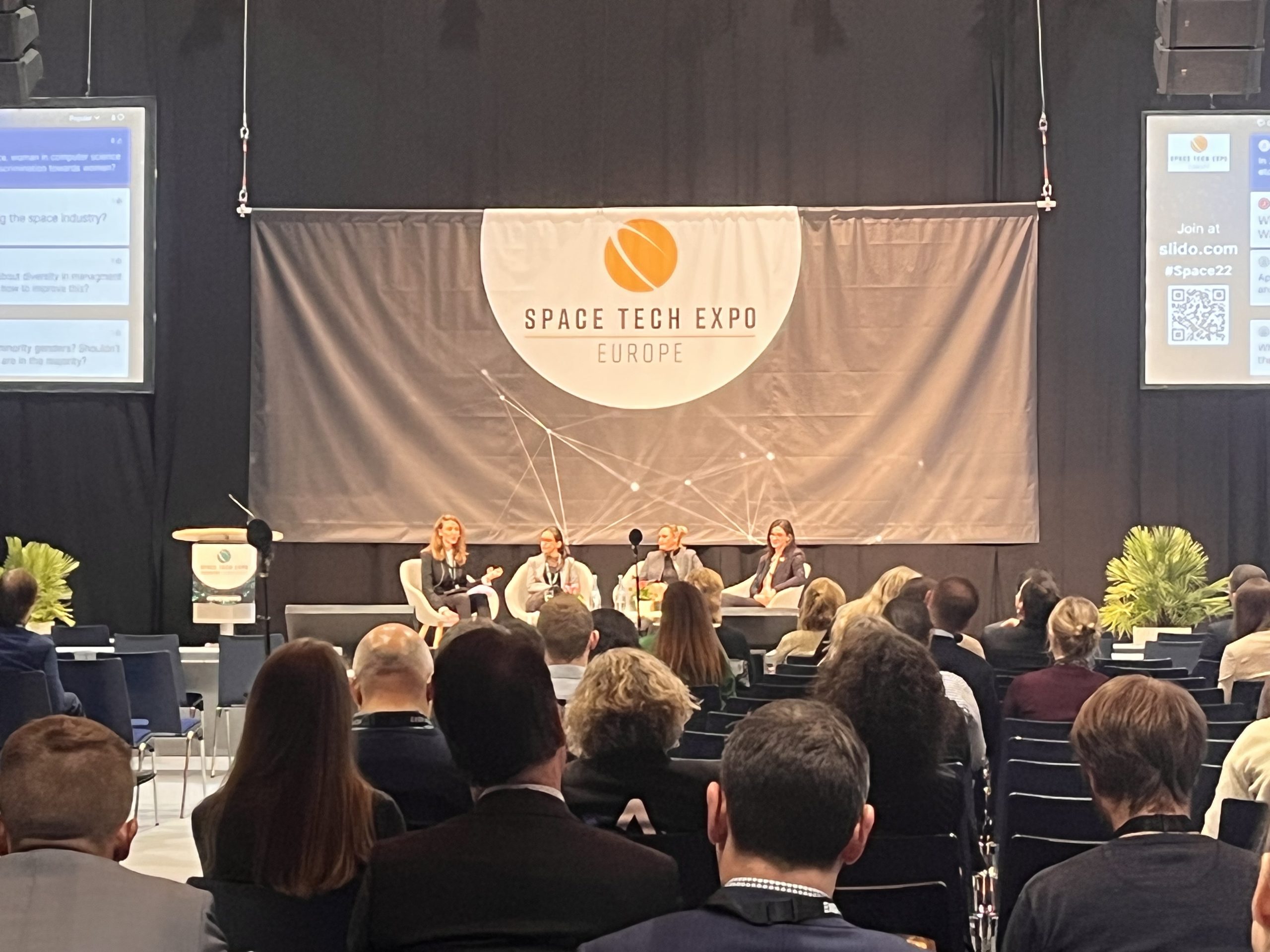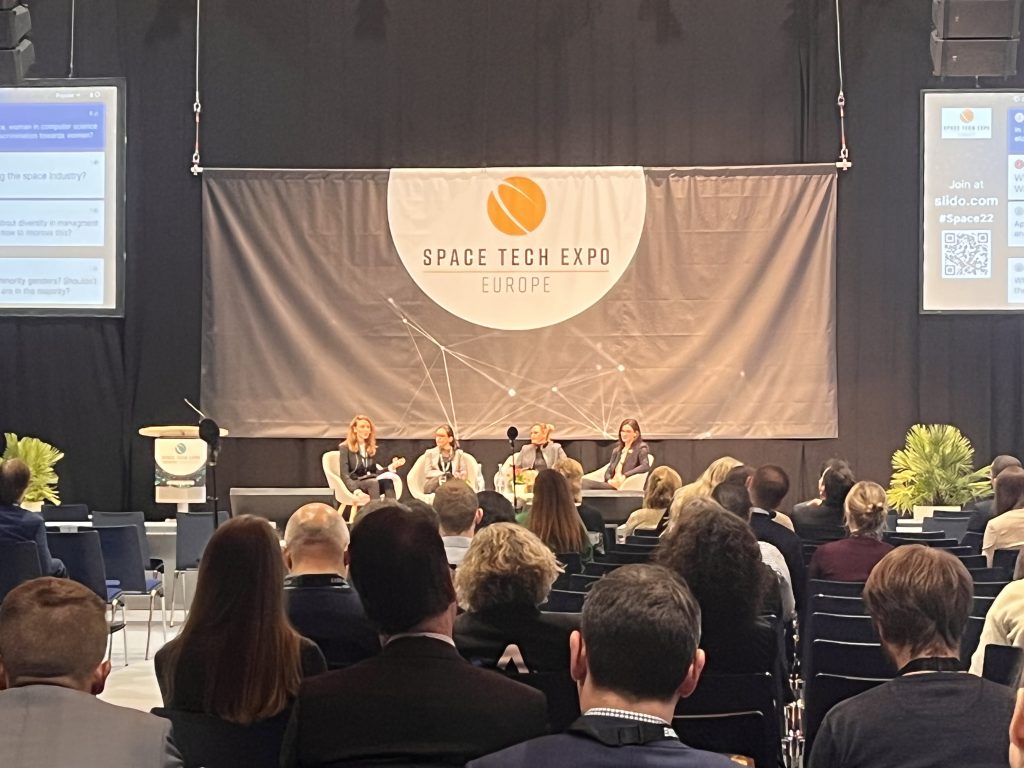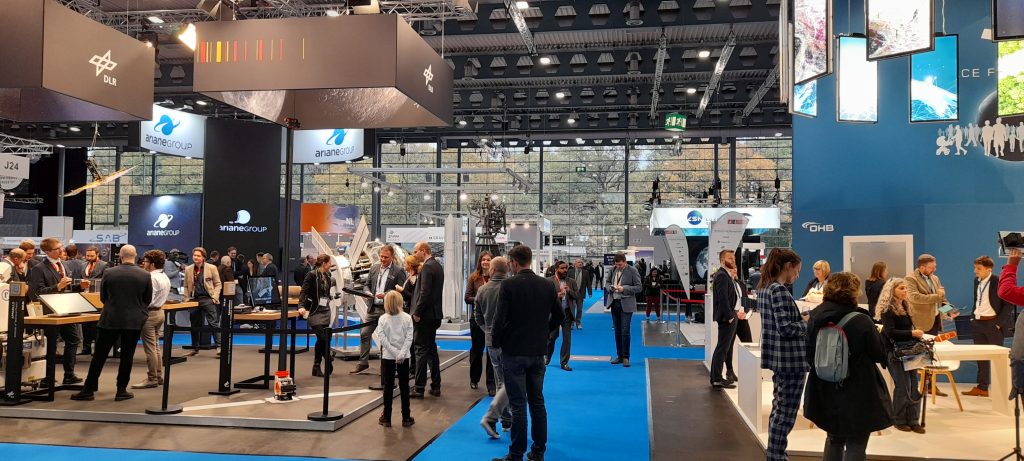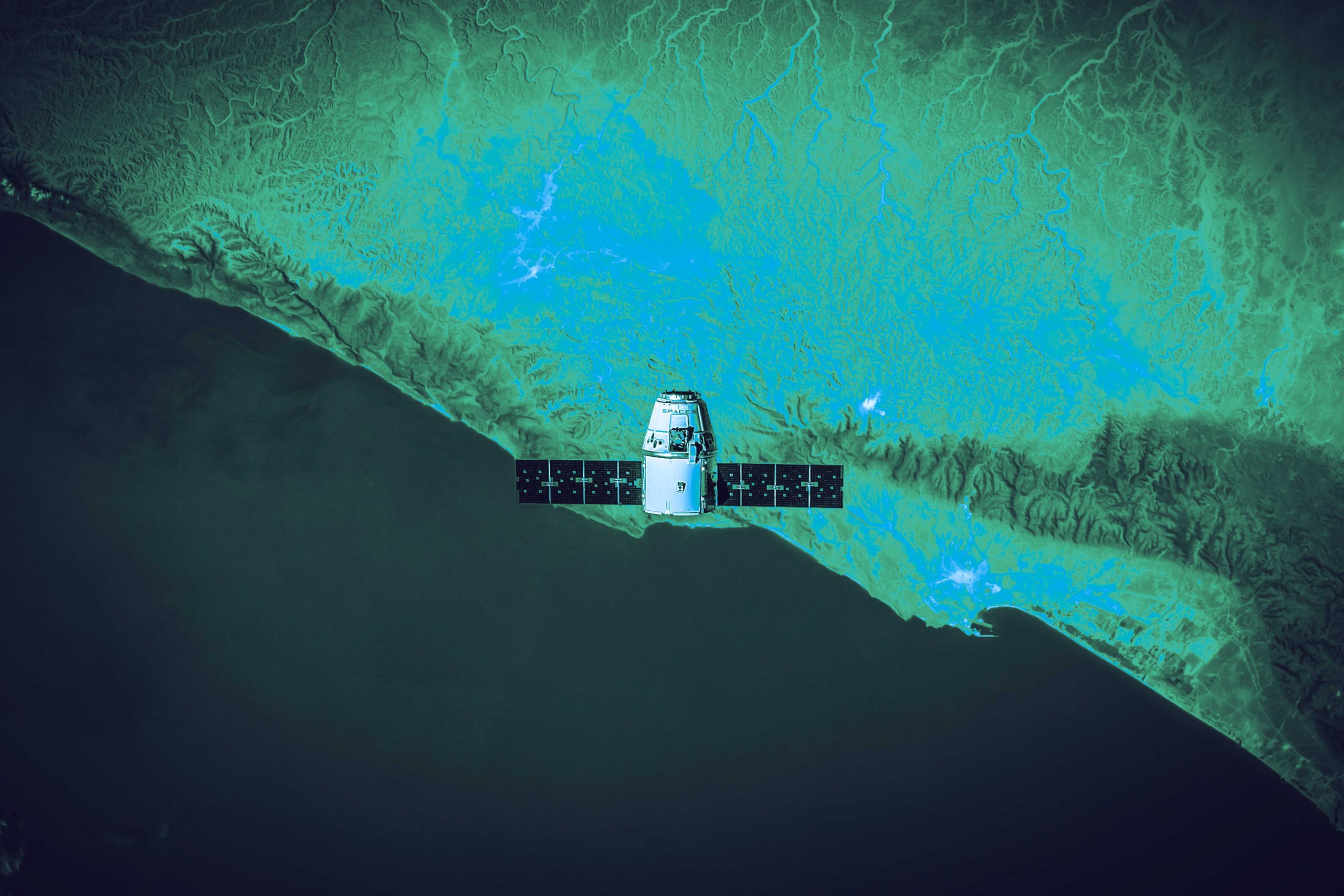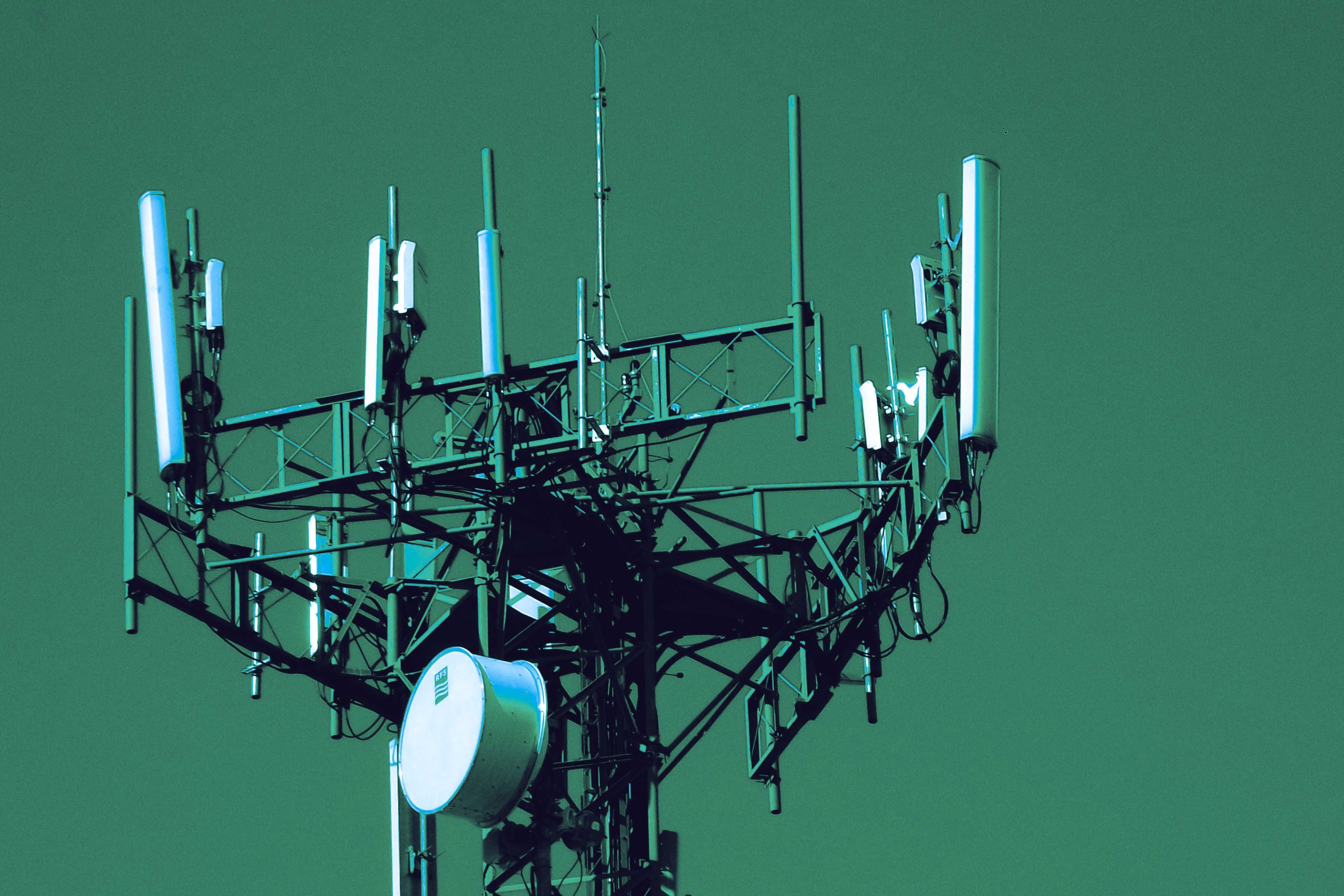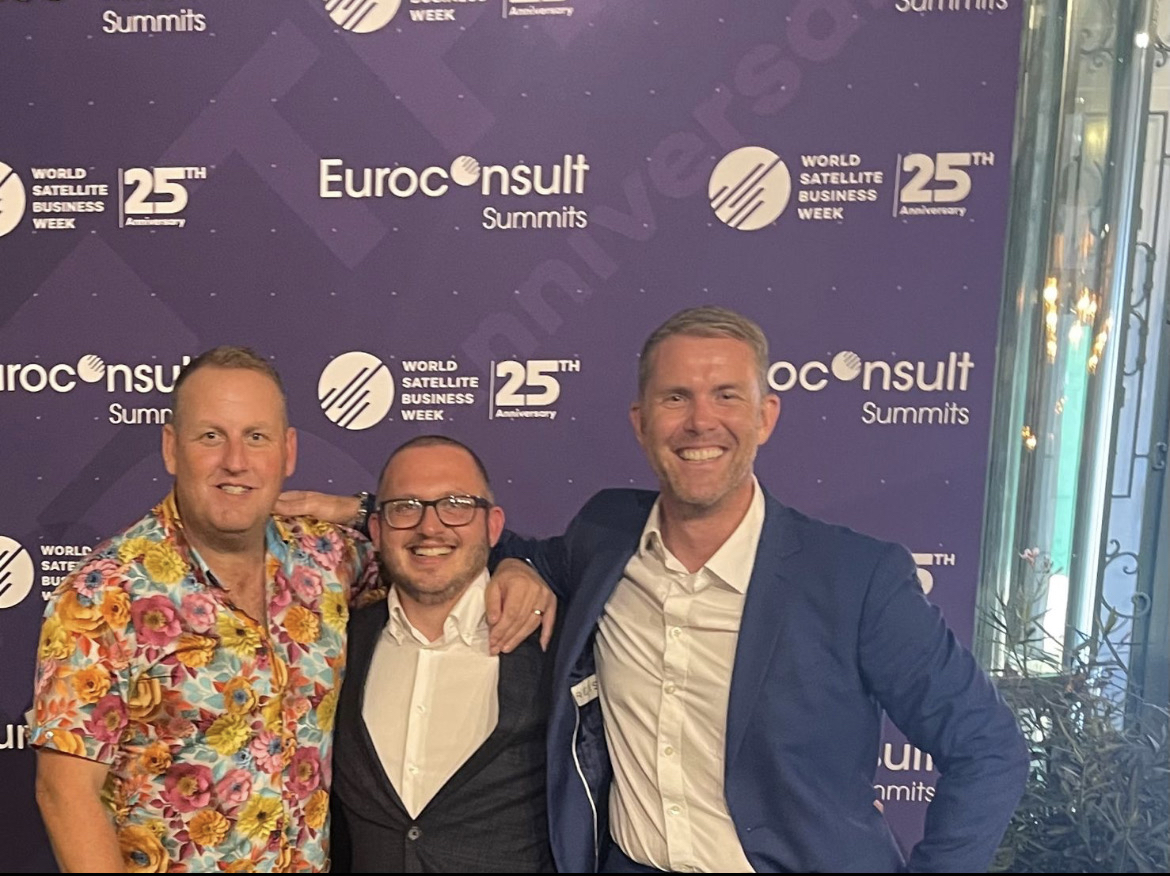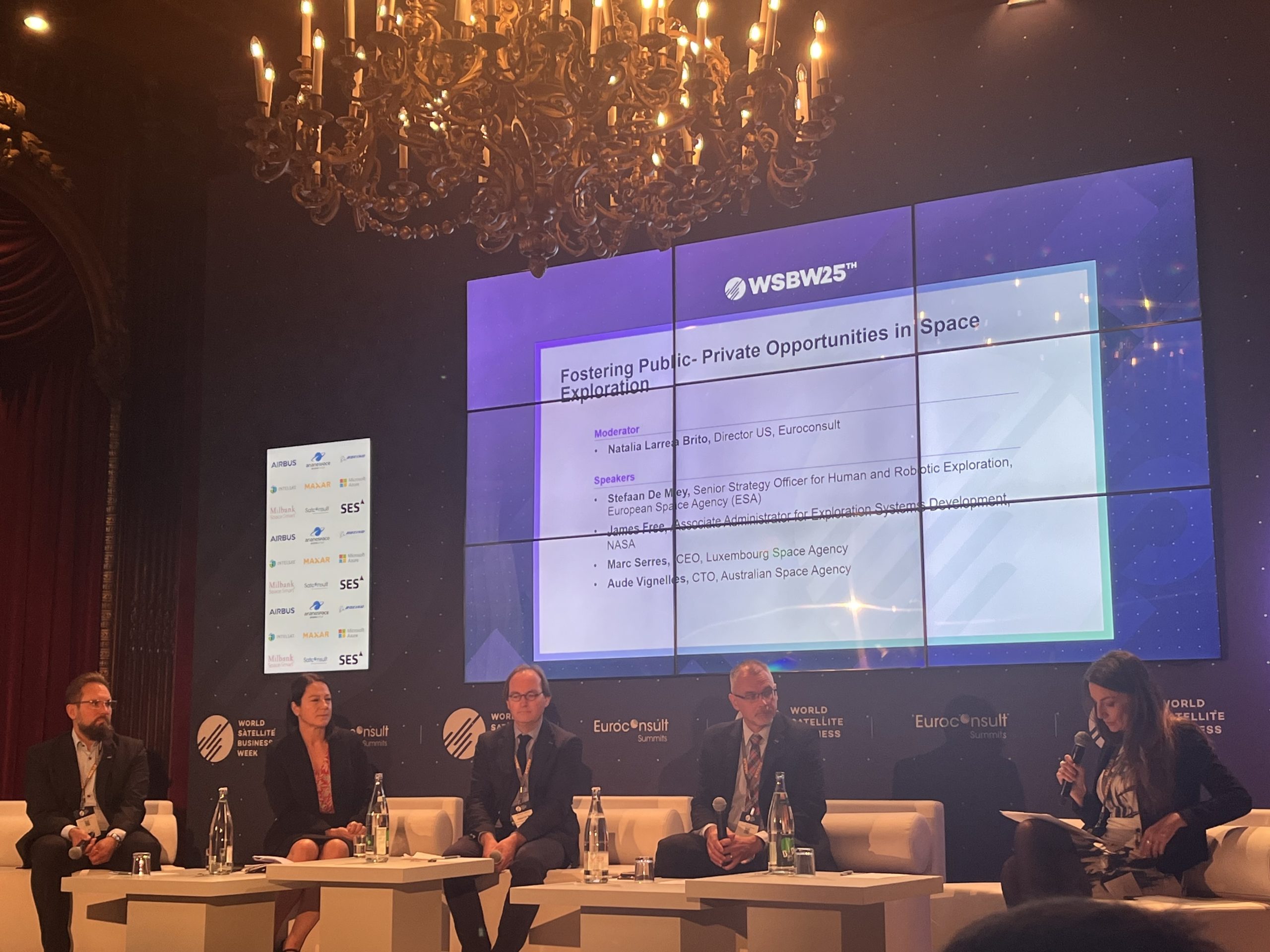On Episode 1 of The Satellite & NewSpace Matters Podcast we were thrilled to welcome Scott Mumford, CEO of Liquid Telecom Satellite Services, and now CCO of Liquid Dataport. Scott has a very impressive 25 years of experience in the industry, starting as an Engineer through to C-Suite.
We unpacked so many interesting topics in this episode, our favourite highlight is below!
What do you think is the key to helping those without connectivity get connected?
There are a number of factors, so I wish there was just one answer, because then it would be easy to deliver. The technology gap is, is one that we need to solve, for sure.
If you look across the African continent, generally, there are hundreds of millions of people without access to the internet. Internet penetration rates across the continent are around sort of 34%, which is the lowest globally. Some of that comes from the sheer size of the continent.
I think a lot of a lot of people see Africa on a map and go, “yeah, it’s relatively big”, but, the maps are quite deceptive – it’s vast. I’m sure we’ve all seen those maps, where you can see the US and India and China and Europe and everything all sort of fitting within the African continent from a landmass perspective.

The second element of that is really where technology is gone. If you look at you, me, and everybody else, everything really has moved towards applications and handset-based usage. Banking, shopping, travel, you name it, are all pretty much done from a handheld device these days.
And, that really hasn’t spread into the African continent, partly from a cost perspective. It’s a bit of a vicious circle, there’s no network because there are no handsets, and there are no handsets because there’s no network.
So, where do you go first? But I also think, you know, a lot of those, a lot of countries around Africa are still very cash-based economies as well, because of the lack of connectivity and devices, the move to a digital banking and finance sort of architecture hasn’t taken hold as yet, either. Dealing with a number of currencies in physical cash is another complication, that that has to be overcome.
It’s a multifaceted problem that isn’t just on the communications industry, or the satellite industry. It’s the banking sector, the manufacturers, it’s a big, big melting pot that everybody needs to put into.
There’s a lot of progress going on there and satellite to sort of bringing it back, that’s playing a massive role in the sense that we’re seeing huge deployments of visa terminals and satellite terminals and satellite connectivity across the continent.
To listen to the full episode, click here.
We sit down regularly with some of the biggest names in our industry, we dedicate our podcast to the stories of leaders in the technologies industries that bring us closer together. Follow the link here to see some of our latest episodes and don’t forget to subscribe.
